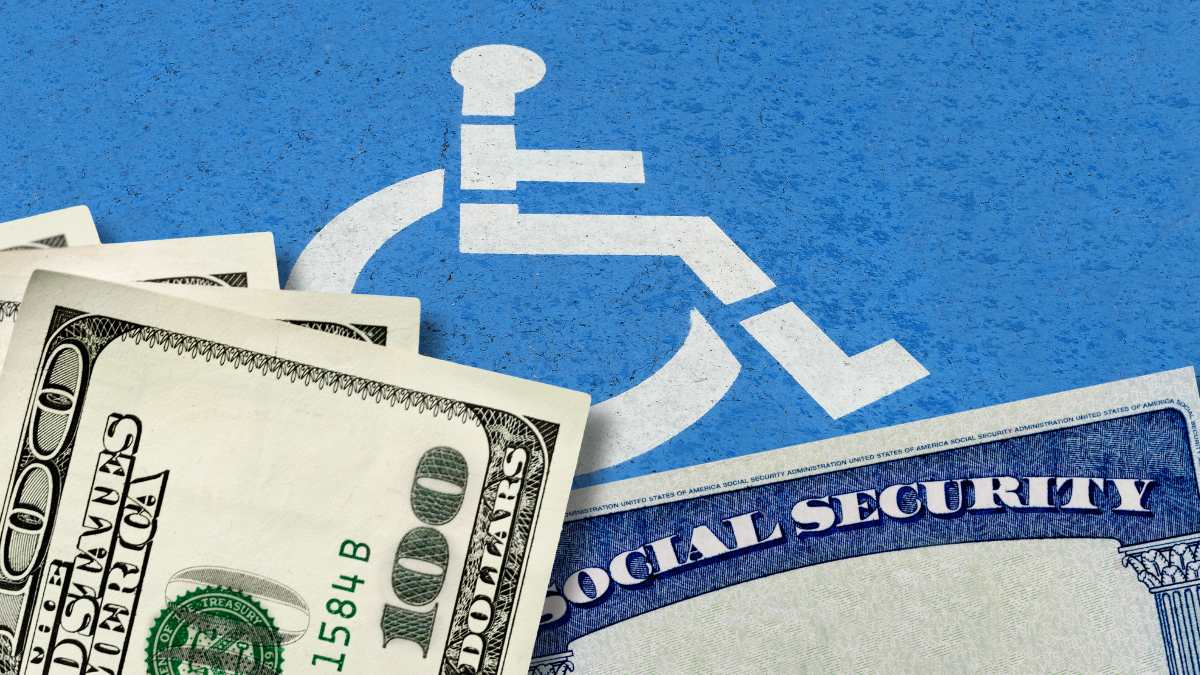Social Security Disability Insurance (SSDI) disability benefits come from payroll deductions required by the Federal Social Security Income Tax Act (FICA). This law also covers the cost of other Social Security benefits, such as retirement and survivor benefits. Part of this funding goes to the Disability Insurance Trust Fund and pays disability benefits.
To qualify for SSDI disability benefits, you must have worked in jobs covered by Social Security for a specific period. Generally, 40 credits are needed, 20 of which must have been earned in the last 10 years before the year you became disabled. However, younger workers may qualify for SSDI with fewer credits. You must also have a medical condition that meets Social Security’s definition of disability.
The difference between SSDI and SSI: two different programs
The Social Security Disability Insurance (SSDI) should not be confused with Supplemental Security Income (SSI), which pays benefits to people age 65 or older and to people with disabilities with little or no income and resources. Although these two programs seem similar, they are different.
The last SSDI deposit for 2024 is already scheduled for December 24, a small change from the usual schedule. This adjustment has been made because December 25 falls on a national holiday, and the Social Security Administration (SSA) does not issue payments on weekends or holidays.
Therefore, SSDI beneficiaries will receive their benefits one day early, ensuring that those who qualify for the maximum of $3,822 per month have access to their funds just in time for the holiday celebrations.
Upcoming SSI Payments for January 2025
To begin the year 2025, deposits will be made on Wednesday, January 8, when checks will be issued to those SSDI beneficiaries who were born between the 1st and 10th of any month. Later, on Wednesday, January 15, payments will be made for beneficiaries who have birthdays between the 11th and 20th of each month. Finally, on Wednesday, January 22, those who were born between the 21st and 31st will receive their benefits.
Starting in January, SSDI payments and the rest of the benefits managed by the Social Security Administration (SSA) will have a COLA increase of 2.5% that was established last October based on the inflation recorded by the price index. to the CPI-W consumer. From then on until December 2025, all payments will be larger than the previous year.



